|
Lugging around the bigma lens and a full-frame camera (plus other lenses) on a few occasions gave me the excuse to invest (as many other's are) into a smaller complementary set-up. I decided to stick with Olympus for a few reasons: as I love their beautiful colours, jpeg processing engine and there accuracy in metering etc. Furthermore, I wanted to use a small collection of cute and compact manual focus Olympus OM Zuiko prime lenses (most are approx 30 years old) that have not seen any action recently. They're easier to shove in a bag, and less intimidating than the big gear too!
Below are a small set of unedited photos taken around Hatch End, with some of these legacy lenses. Technical details: Olympus E-PM1 with OM Zuiko 28mm f2.8 and 135mm f3.5 lenses.
1 Comment
Another cold but beautiful winter evening at Stocker's Lake, Rickmansworth. The place was alive with the sounds of birds, and I was lucky to witness the mating of Canada geese, a sight rarely seen. Having watched the two romantically courting side-by-side for a few minutes, I decided to stop my walk and wait for some action.. it paid off.
Some info from canadagoose.org: Canada geese (and swans) mate for life. Mated pairs not only raise and protect their young together, but also look out for one another over the course of their lives. One mate will stay by the other's side if injured or dying, even if the rest of the flock is moving on. They are extremely devoted to one another. And further description of the mating / courtship adapted from preservewildlife.org. These steps can be seen in the photo story below (although I've added a few captions on the photos too - hover over or click to expand and read): During mating season, couples will go off together and be alone. ... The displays that the males perform range from the Head-Up-Tail-Up (male throws his head back and jerks with his tail feathers erect) to the Grunt (male rears out of the water and slowly sinks back down while making a loud grunting sound). Both the male and accepting female then continues the courtship by performing other displays separately or in unison. Mating occurs in the spring on the water and at night time (that’s why they aren’t seen mating). Copulation begins with both sexes bobbing their heads up and down and touching their bills to the water horizontally with their necks extended. As the female extends her neck and her wings flattened out, the male “joins” her (while in the water). The female is usually partially submerged or completed submerged (with only head out of water) while copulation takes place. The male stands on her back. After copulation the female bathes while the male faces her and then he bathes. Technical details: Sony a850 with Sigma 50-500mm (Bigma) lens. Excitement to test out the new (second-hand) Bigma lens (interesting page here) took me to the Aquadrome on an unusually dry but cold winter day. This winter has taught me not to take the sunshine for granted and I was keen to make use of it, or more so the absence of bad weather (not unlike how we confuse an absence of suffering with happiness!) A long walk with this behemoth certainly gave my arms a workout, but after enjoying the 50-500mm range and seeing the results it was certainly worth it.
Technical details: Sony a850 with Sigma 50-500mm (Bigma) lens. |
Vote for your favourite 2013 photos here!
Archives
July 2014
Categories
All
|
© 2016 Capture the Soul Photography. All rights reserved.

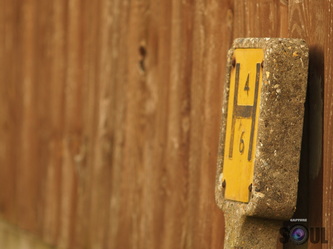
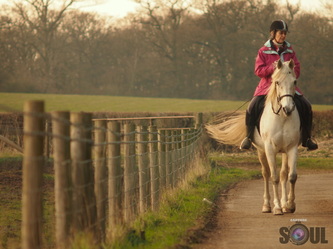
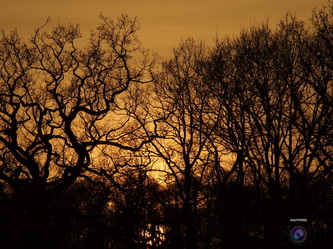

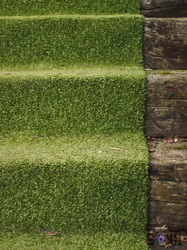
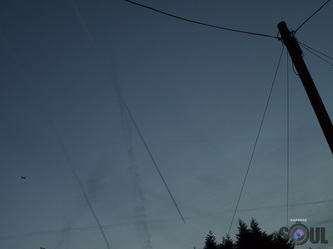
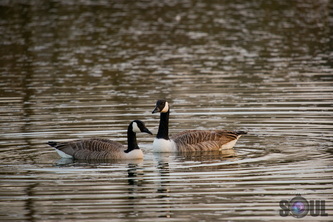
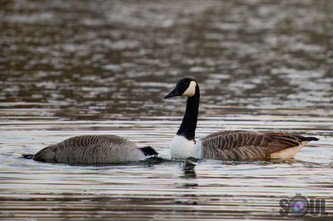
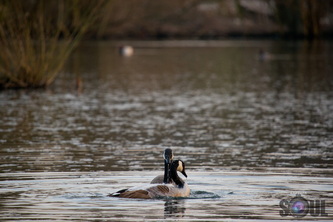
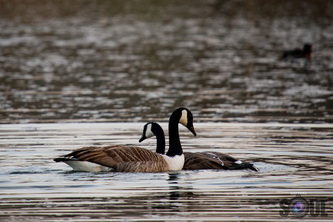
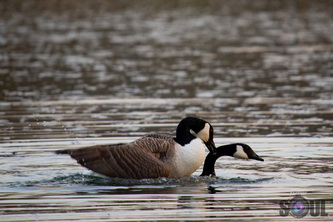
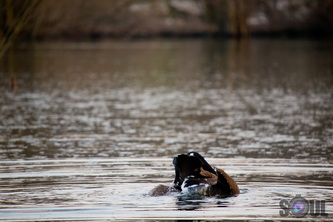
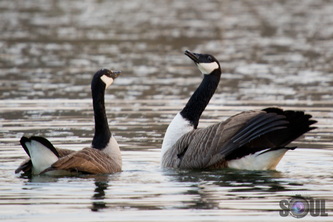
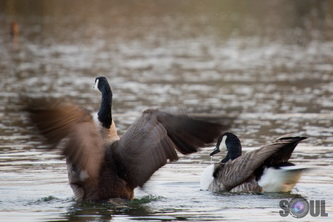
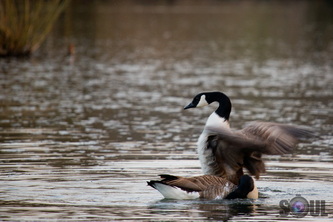
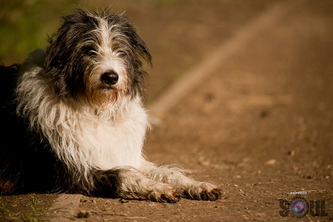
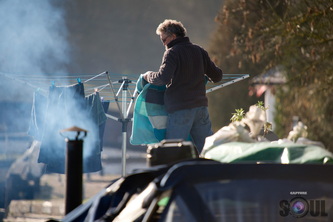
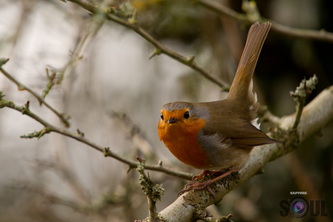
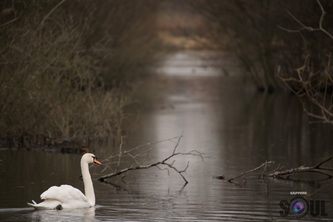
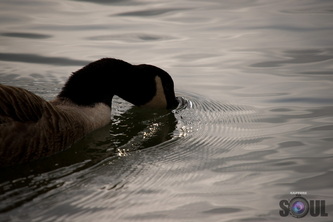
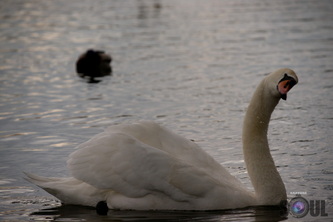
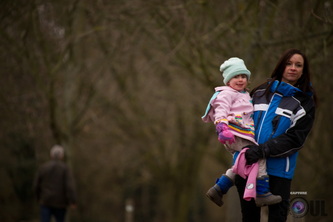
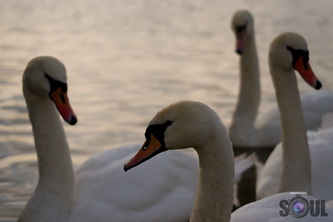
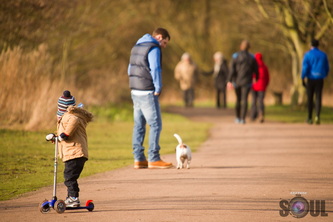
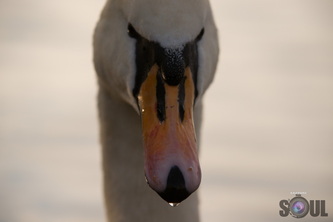
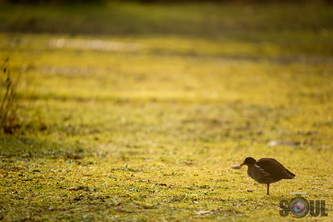

 RSS Feed
RSS Feed